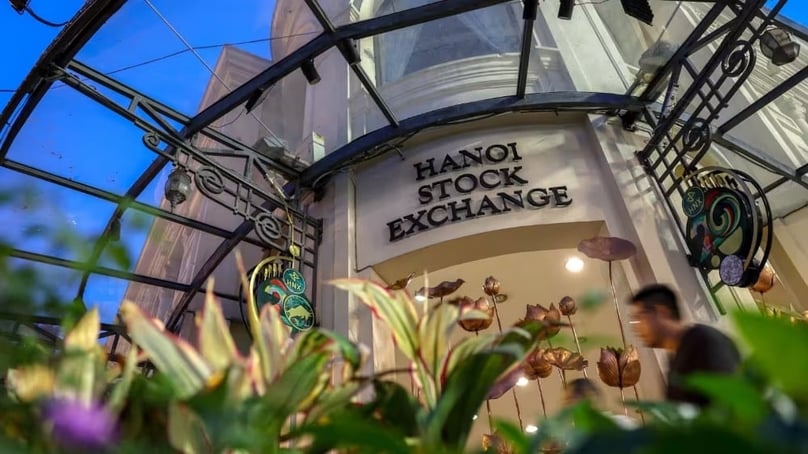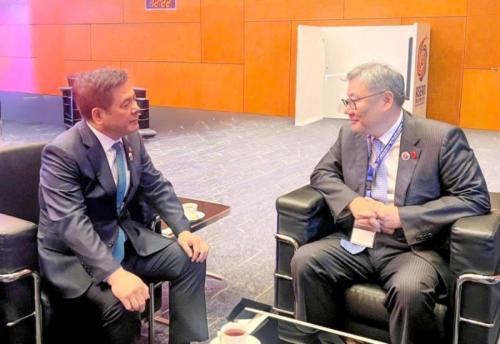Most global investment giants support Vietnam’s stock market status upgrade: Market Insider
Vietnam is on the verge of a historic reclassification in global equity benchmarks, with strong backing from leading asset managers in FTSE Russell’s September consultation, according to Market Insider.
Early voting indicates that around 85% of the 26 major funds consulted have endorsed Vietnam’s move from "frontier" to "secondary emerging" market status.
Supporters include some of the world’s largest investors: BlackRock, Vanguard, and State Street, each citing greater liquidity and stronger regulatory alignment.
While Fidelity and PIMCO voted cautiously in favor, both highlighted the need to monitor the rollout of the KRX trading platform, scheduled for the second quarter of 2026.
Only two small Asia-based funds opposed the upgrade, pointing to trade frictions between the U.S. and Vietnam, where a 20% tariff remains under discussion.
Structural improvements
Market Insider reported that Vietnam’s stock market has made positive changes, including a 15% quarter-on-quarter increase in liquidity, strengthening Vietnam’s case for accessibility.
The non-prefunding (NPF) model has been implemented successfully, removing a key obstacle for foreign investors. Decree 245/2025/ND-CP has eased concerns over foreign ownership limits (FOL) and currency risk.
FTSE Russell acknowledged Vietnam’s progress in trading infrastructure upgrades and market transparency.
Meanwhile, HSBC noted that Vietnam has made notable progress in meeting the requirements of FTSE. The bank's analysts said the country has met seven out of the nine criteria required for promotion to FTSE indices.
"We think developments on the two other issues outstanding – the Securities Law and the launch of the KRX trading system – bring Vietnam closer to an upgrade," they wrote in a new report named " The Flying Dutchman - Vietnam’s changing frontier".
The analysts, however, noted that foreign ownership limits (FOL) remain a concern. It is not an explicit requirement, but FTSE consults with investors who might argue that FOL limits market access, they stressed. "Currently, only 12 Vietnamese stocks have exhausted their FOL limits. On average, the VN-Index has an FOL of 42%; and current foreign holdings are only 17%."
FTSE Russell is expected to announce its market classification decision after the U.S. market close on October 7. If approved, Vietnam will be added to the FTSE Secondary Emerging Index in March next year.
Market Insider described this as a milestone that could reshape capital flows into Southeast Asia’s fastest-growing economy.
Billions of dollar in potential capital inflows
According to analysts cited by Market Insider, if the upgrade is successful, Vietnam’s stock market could see $5-7 billion in passive inflows, with additional active allocations to follow.
HSBC noted that an upgrade means Vietnam would automatically be included in indices like FTSE All-World, FTSE EM, and FTSE Asia. Passive funds benchmarked to these indices will have to buy Vietnam equities or ETFs. Active funds have the discretion to do so.
HSBC's analysis shows that a large portion of Asian and Emerging Market active funds already hold Vietnamese equities (38% of Asia funds and 30% of Global Emerging Markets or GEM funds). The Asia funds already own on average 0.5% in Vietnam.
The bank's analysts estimate an upgrade might lead to inflows of $3.4 billion. They assessed that the amount of actual flows would likely be smaller and staggered over time. $1.5 billion of inflows would come from passive funds once inclusion is completed.
"Based on our most optimist scenario, reclassification by FTSE could bring a maximum of $10.4 billion into Vietnamese equities," they wrote.
This additional capital could make Vietnam one of Asia’s fastest-growing destinations for foreign portfolio investment and set the stage for a future (Morgan Stanley Capital International) MSCI upgrade, according to Market Insider.
The VN-Index, representing the Ho Chi Minh Stock Exchange (HoSE), closed at 1,666.48 points on Monday, up 0.35% from the reference level.
Source: Minh Hue
Photo: Photo courtesy of Market Insider





